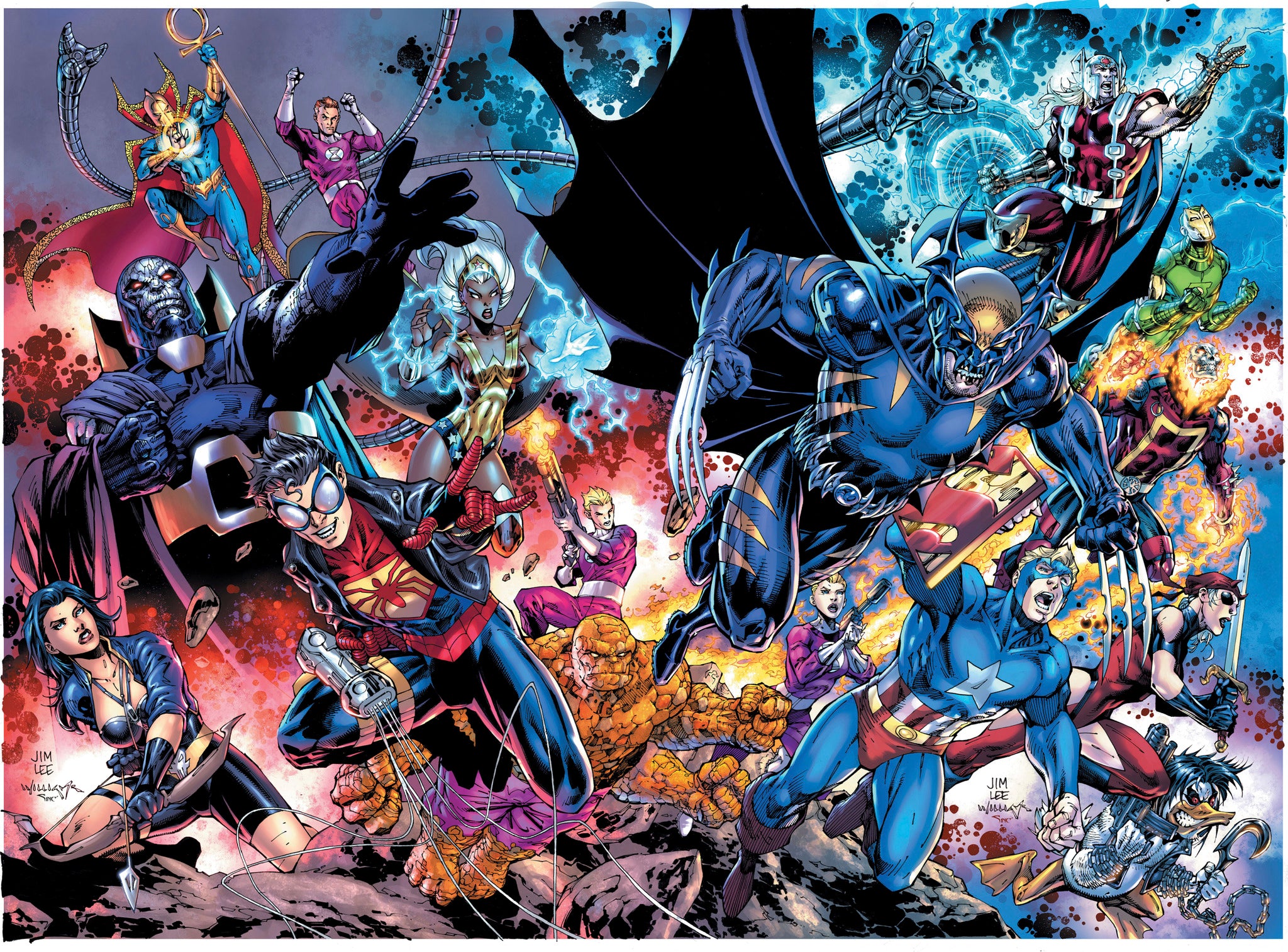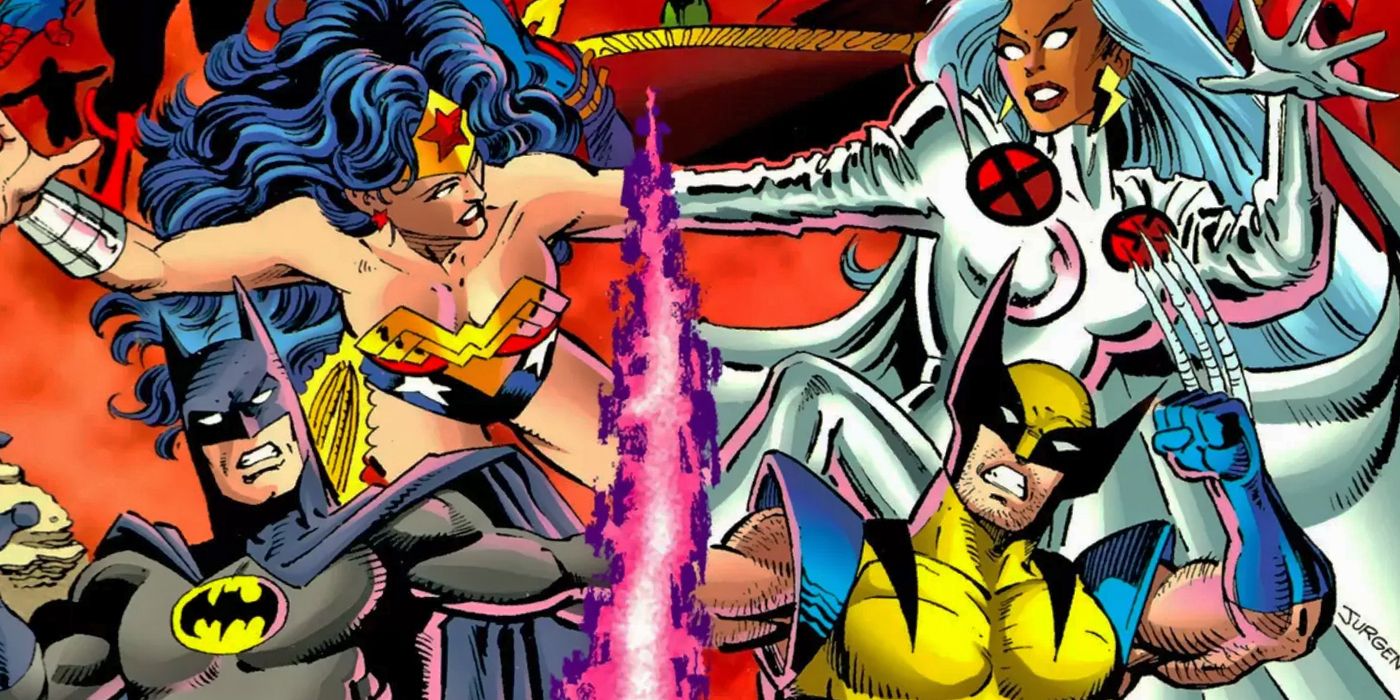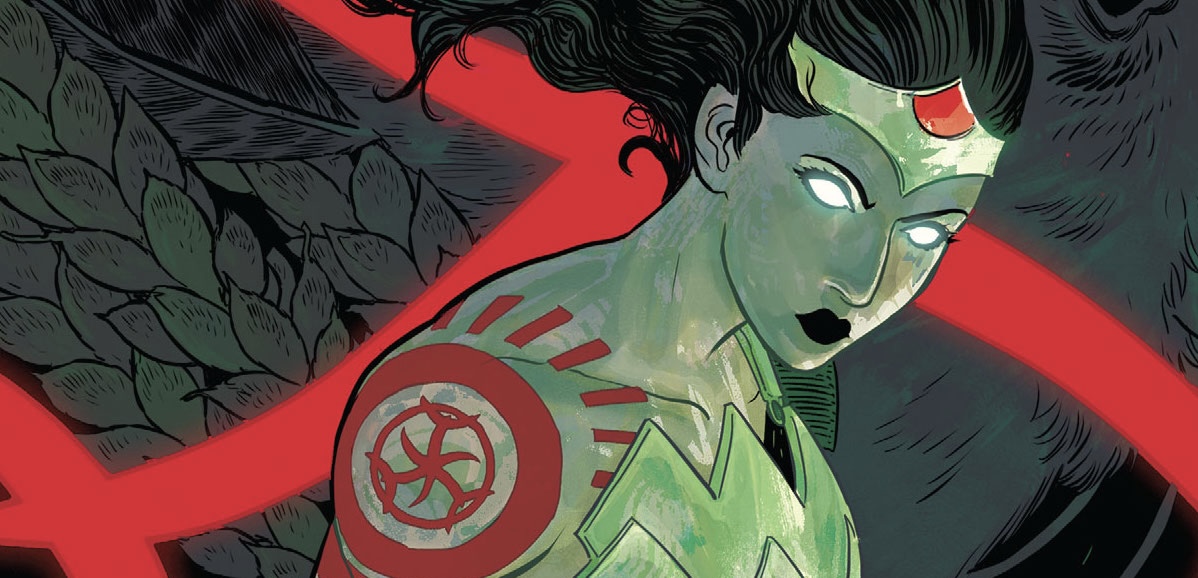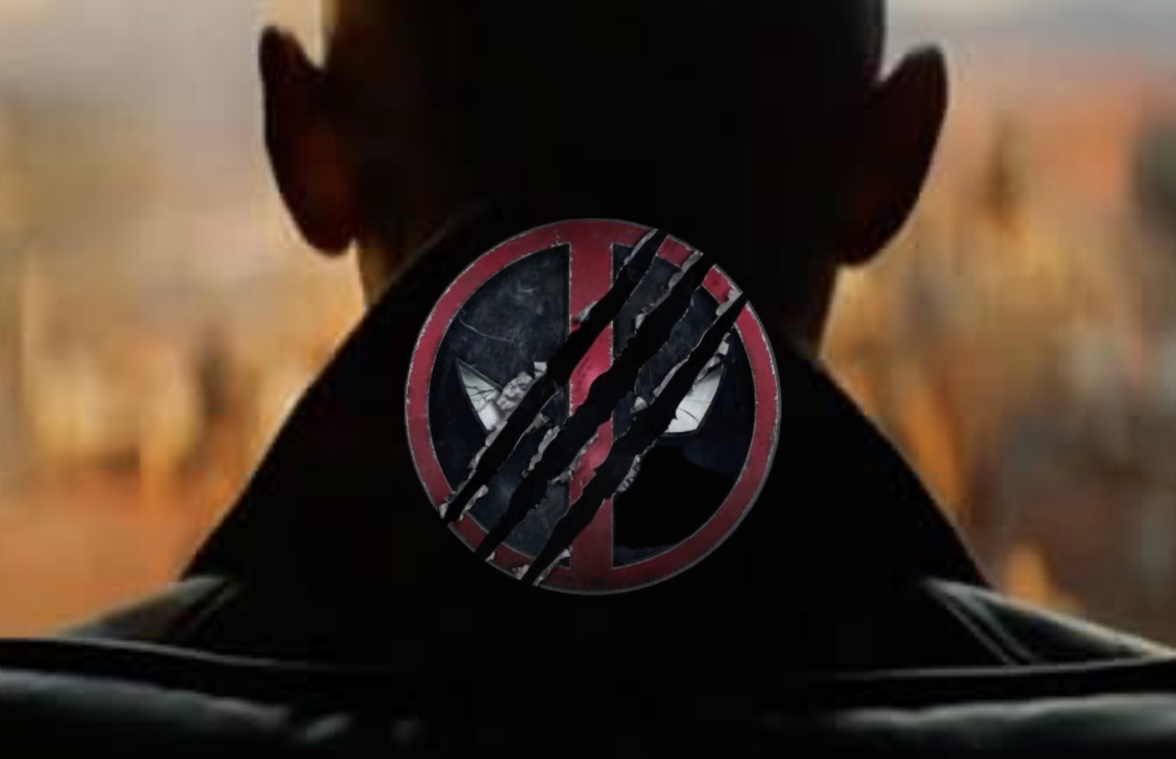In the mid-1990s, fans of comic books witnessed one of the most audacious and imaginative crossovers in comic book history: the Marvel/DC Amalgam Universe. This unique event combined characters and elements from both Marvel and DC Comics, creating a new world filled with hybrid heroes and villains. This article delves into the history of the Amalgam Universe, the characters that emerged from this creative endeavor, and the reasons why such a crossover is unlikely to happen again.

The 1990s were a tumultuous time for the comic book industry. Both Marvel and DC were experiencing fluctuations in sales and a changing market landscape. To rejuvenate interest and capitalize on their combined fanbases, the two giants of the comic book world decided to collaborate on an ambitious crossover event.
The stage for the Amalgam Universe was set by the “DC vs. Marvel” (or “Marvel vs. DC”) miniseries, which ran from April to May 1996. Written by Ron Marz and Peter David, with art by Dan Jurgens and Claudio Castellini, this four-issue series featured iconic characters from both universes battling each other. The outcome of these battles was determined by fan votes, adding an interactive element to the storyline.
The series pitted heroes against each other in matchups that fans had long speculated about, such as Superman vs. the Hulk, Batman vs. Captain America, and Wonder Woman vs. Storm. The storyline culminated in the merging of the Marvel and DC Universes, leading to the creation of the Amalgam Universe, where characters from both universes were fused together into new, hybrid heroes and villains.

The Amalgam Universe existed in a series of one-shot comics published by both Marvel and DC in April 1996. These comics presented a world where familiar characters were blended into entirely new creations. Here are some of the notable amalgamated characters:
Dark Claw (Batman/Wolverine): This one-shot followed Dark Claw as he battled the Hyena (a fusion of the Joker and Sabretooth) and investigated a series of crimes that led to a conspiracy against him. The story highlighted Dark Claw’s detective skills and showcased his brutal combat style.
Super-Soldier (Superman/Captain America): This comic detailed Super-Soldier’s origin and his battles during World War II, blending elements from both Captain America and Superman’s backstories. The narrative explored his journey from wartime hero to a modern-day defender of justice.
Amazon (Wonder Woman/Storm): Amazon’s story explored Ororo of Themiscyra’s quest to prove herself as a true warrior and leader. The narrative delved into her Amazonian heritage and her ability to control the weather, emphasizing her dual identity.
Spider-Boy (Spider-Man/Superboy): Spider-Boy’s adventure involved a clash with Insect Queen (a fusion of the Queen Bee and Spider-Woman) and explored his attempts to understand his origins. The comic combined the youthful exuberance of Spider-Man with the sci-fi elements of Superboy.
Iron Lantern (Iron Man/Green Lantern): This story showcased Hal Stark’s battle against Mandarinestro (a fusion of Mandarin and Sinestro), highlighting his struggle to balance his responsibilities as a hero with his corporate obligations. The comic merged Iron Man’s technological themes with Green Lantern’s cosmic adventures.
Lobo the Duck (Lobo/Howard the Duck): This quirky character combined the foul-mouthed, violent tendencies of Lobo with the irreverent humor of Howard the Duck. He was an intergalactic bounty hunter with a duck’s appearance.
![Artwork] The hard-to-find Amalgam Comics poster! Anyone own the original? : r/DCcomics](https://i.redd.it/8nfxx0n2u35d1.jpeg)
Despite the success and popularity of the Amalgam Universe, several factors make a similar crossover event unlikely in the future:
Corporate Interests and Rivalries: Marvel and DC are owned by two of the largest media conglomerates in the world—Disney and Warner Bros. Discovery, respectively. The competitive nature of these corporations makes collaboration challenging. Both companies have distinct brand identities and market strategies, which could complicate any potential crossover.
Legal and Financial Complications: The logistics of sharing characters, storylines, and profits between two major companies are incredibly complex. The financial arrangements and legal agreements necessary to facilitate such a crossover would require extensive negotiations and compromises.
Creative Control: Both Marvel and DC have established creative visions for their respective universes. A crossover would require significant cooperation and coordination between creative teams, potentially leading to conflicts over character portrayal, storyline direction, and continuity.
Market Saturation: The comic book market is already saturated with a plethora of titles and crossover events within each company’s own universe. Adding a Marvel/DC crossover could dilute the market and overwhelm readers, potentially leading to diminishing returns.
Historical Significance: The Amalgam Universe was a product of its time, emerging during a period when the comic book industry was exploring new ways to engage readers. The novelty and excitement of such a crossover might not have the same impact in today’s market, where crossovers and collaborations are more common.
The Marvel/DC Amalgam Universe remains a fascinating chapter in comic book history. It was a bold experiment that blended the best elements of both universes, creating a new world filled with hybrid heroes and villains. While the logistical and creative challenges of such a crossover make it unlikely to happen again, the Amalgam Universe continues to be celebrated by fans for its creativity and ambition.
The stories and characters that emerged from this unique collaboration showcased the limitless potential of comic book storytelling. They reminded readers of the magic that can happen when two giants of the industry come together to create something entirely new. Although we may never see another Marvel/DC crossover on the same scale, the legacy of the Amalgam Universe endures, a testament to the power of imagination and collaboration in the world of comics.




